The world of automotive preferences is rife with complexities & personal biases… often shaped by experiences that transcend the mere mechanics of machines. My “evolving” relationship with BMWs is an intriguing facet of my journey as a car enthusiast. As a discerning observer, I stay away from them. Today I will shed some light on what made me buy a 2006 BMW 325i. This is a BMW E90 Gridlife GLTC & Club TR Origin Story.
Here’s the backstory on why I dislike BMWs…
I always looked at German cars as a mistake. Specifically Mercedes and BMW. They are well-engineered… but also over-engineered for simple tasks at times. This tends to lead to a lower component lifespan. The myth is true about BMWs leaking. They seemingly make their gaskets out of paper towels, because they always dry-up, shrink, & leak. I have a real-world example: I didn’t see any oil spill spots on the ground when I bought this car… but it must sense a clean garage floor and puke all over it. But I digress. I always thought BMW owners were a little “different” as well. Think about it, in what other car circle do you hear the phrase…
“They are super reliable. You must reinforce the shock towers and change the rod bearings.”
Coming from the Japanese side of things, that sounds asinine. At most, with cars like my S2000, you have to change the timing chain tensioner immediately. Two bolts don’t seem like a big deal anymore. But with that being said… let’s switch things to a positive note. When a performance-oriented BMW works, they are great. I understand those “special” owners I talked about now. And – when you buy a preowned beamer, you get a lot of car for the money… which balances things out. Highlight preowned. I’d be damned if I took that long rod of depreciation. Got damn it, Devin, you are supposed to be positive.
So what is Gridlife Touring Cup (GLTC)?
GLTC is a wheel-to-wheel class under the Gridlife Umbrella. Some highlights of GLTC are: 1) The races are 12-15 minutes long. 2) There are 4 races through a competition weekend, and 3) You earn points based on your finish-position in each race. Unlike time attack, where whoever gets the faster lap time wins, 4) GLTC is a standard race format, which means whoever crosses the finish line 1st with the checkered flag in the wind – wins. 5) GLTC is also unique because it’s “one class” with a massive car count. Usually, grassroots racing events have multiple classes running simultaneously, which can be hard to watch as a spectator. Like, WTF is happening, right? You would think that GLTC struggles with car count, but you’d be wrong. Most weekends see north of 30 cars, and I’ve seen as many as 60 before.
6) The GLTC class is also very diverse. You have grassroots heroes such as Eric Kutil and Jeremy Swenson and ex/current professional drivers like Jason Saini, Tom O Gorman, and Andrew Rains. The car choices are also diverse. K-swapped S2000s, Corvettes, M3s, Caymans, and Miatas are just some standard chassis of choice. The rule set is loosely based on a power-to-weight ratio of 12.5 lb to 1 horsepowas (12.5:1). Your power-to-weight ratio is adjusted pending on a few factors like aero, transmission type (DCT, sequential, dog box, OEM), engine size, and specific engine models – such as a BMW S54. Currently, only one other E90 is running in the series, but other E9X cars have appeared throughout the years. Now that you know what the hell I’m talking about, let’s talk about Club TR.
What is Club TR?
So CLub TR is a time attack class that appeals to the track rat in all of us… without destroying your wallet. The TR stands for Track Rat, by the way. Club TR limits what you can do drivetrain-wise to everything outside of the engine is free. It has to be a complete stock/OEM long block outside of reliability mods like oil pumps, baffled oil pans, etc. That means you can add a full exhaust and do whatever you want with the intake manifold outwards. There is a caveat, though. Engine size is limited to under 2.5 liters if NA (naturally aspirated), and under 1.6 liters if it’s a FI (forced induction) engine. You also can’t swap a FI engine into a NA car. There are a few exceptions though, and this is where the E90 comes into play…
You can have a 3.0-liter engine from a BMW, but it must not be an M variant or forced induction. The other exceptions are a VR6 in a clapped-out Volkswagen and non-turbo Subarus. This class doesn’t have a horsepower cap. Still, with the restriction above, it’s hard to get over 240-250hp, so naturally, the META (for you non-gaming nerds out there, META means “a generally agreed upon strategy by the community”) is K24 swap your chassis of choices. Rather it is a Civic, S2000, BRZ/FRS, or Miata. Aero is pretty strict too, but as the name Track Rat references, all the typical bolt-ons are legal. Such as wings (within 701 square inches), splitters, and fender vents, etc. The fun part is that Club TR runs a spec tire – the Falken RT660 with a width of 255. There is also a minimum weight of 2500lbs (or 2550lbs for swapped cars). It’s personally my favorite time attack class. It allows the freedom to express my car’s personality. AKA – making it look cool while reigning in on the cost of the bigger classes like Street Mod and Track Mod, which require a 60-100k investment these days.
So why the E90?
Let’s start with the N52 engine in the 325i, 328i, and 330i of the E90 chassis. They are all the same car, except that the 330 has a different intake manifold that adds another valve to adjust the power delivery. It netted a crank rating of 255hp and a nice chunk in the midrange. With a tune, exhaust, 330i intake manifold, and intake mod, these workhorse engines have been known to make around 220-230 wheel horsepower, putting me in the ballpark range to be competitive. The N52 is BMW’s commuter engine. The next model up when the E9X series was introduced was the 335i, which comes with the forced-induction N54. The M3 variant had the S65 V8. BMW still added a few things to make this N52 engine a little nicer. Making it out of magnesium alloy saved a bit of weight.
Even though magnesium is lighter the aluminum, it has a greater risk of corrosion… which isn’t good when you have to run coolant through it. Hence, the “inner block” is aluminum. This leads to aluminum bolts & fasteners on the N52, since steel corrodes easier. BMW… overdoing shit again. The chassis is relatively stiff, but can be found everywhere for cheap. They made so many of these, that replacing a race car will be okay if things ever go wrong. The E90 raced in the pros in World Touring Car Championship and Continental Challenge. This means that some of the items needed to make E90s track-ready have trickled into the used aftermarket… with the pros moving on to other chassis. For GLTC, getting these down to 2700lbs is the sweet-spot without going exotic in materials. It’s also a bit different and always tickles me in all the right ways. As we progress in these articles, I’ll go more in-depth into each system.
Goals for this BMW E90 series of articles…
I will give you a step-by-step guide on how I and Professional Awesome approach a build. It would have been easier to pick the stiffest chassis capable of being at 2501 pounds with the driver and half a tank of fuel. Still, it wouldn’t highlight the proper suspension and aero setup process. Let’s go over as a class how to get the correct suspension travel out of your coilovers, pick the right springs, dial in your alignment to your liking, get the aero sitting correctly, how to fine-tune what setting to use, and so much more. I want to walk you through capturing the low-hanging fruit that I often see people miss. Since we consult for these things, it’s a poor business model to give you that type of information for free… but I like helping people. I also want to take the time to show that your race car doesn’t have to look like dogshit. Breaking the “Send-It shit boxes” mold one reader at a time.
Seeing Into the Future…
Next time – let’s go over some basic things that need to be done to baseline any car that will see heavy track use, as well as some measurements for suspension. I’ll go over what’s required to order a set of custom coilovers to make your life much easier when they arrive. We might also stop some oil leaks, but it’s still a BMW after all, so I doubt it. Finally, we will also do this one system of modifications at a time, go to the track, and show you the results with some editorializations.
Call to action…
We do need a favor from you. In this 30-second video age, it’s tough for us writers to stay ahead of the game. We need readers like you to share these stories on your socials or drop us a like or comment. We love talking to you all, and it helps the algorithm overlords stay happy. As always, I appreciate you reading this, and see you next time.

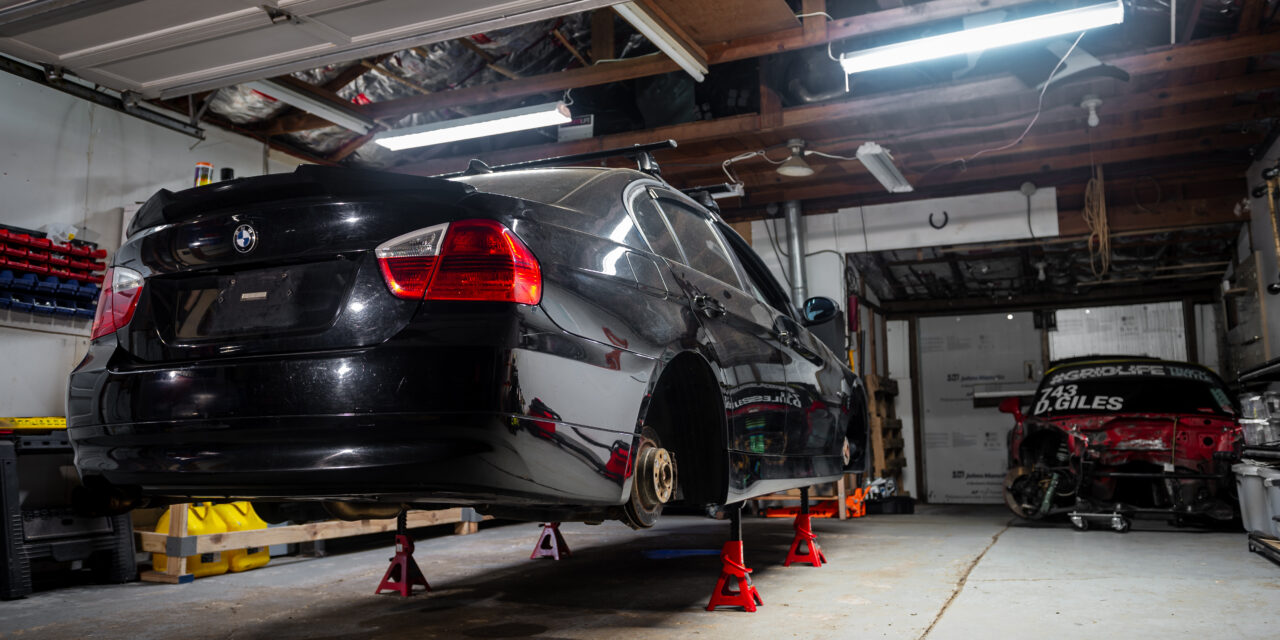

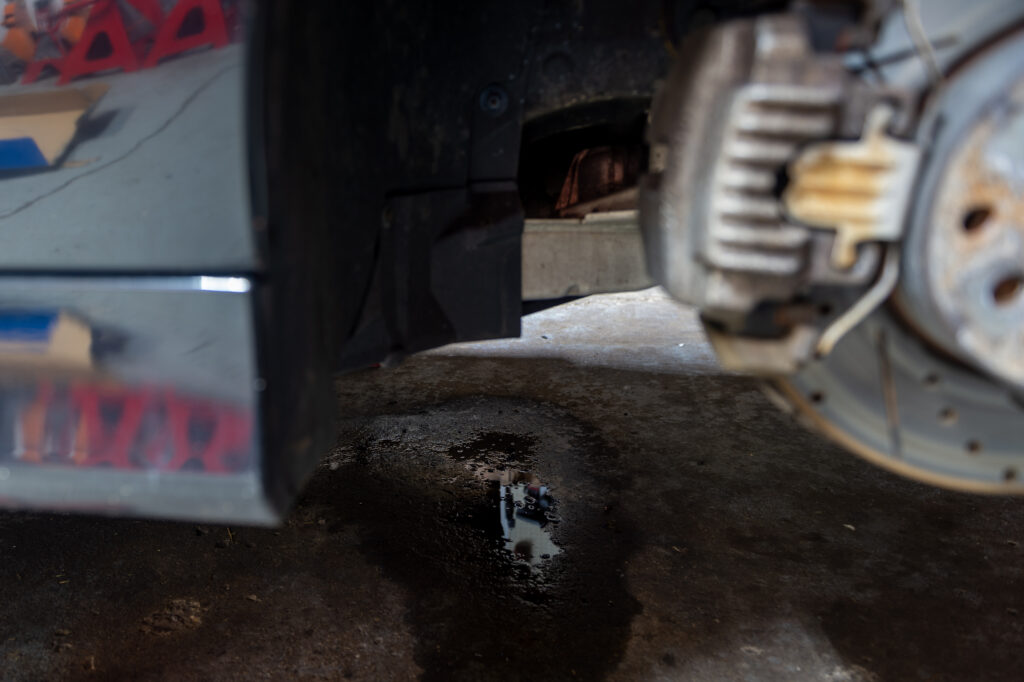


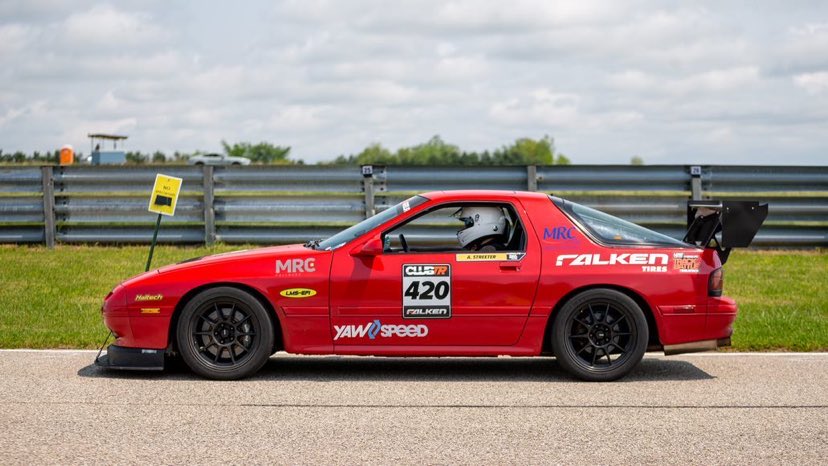
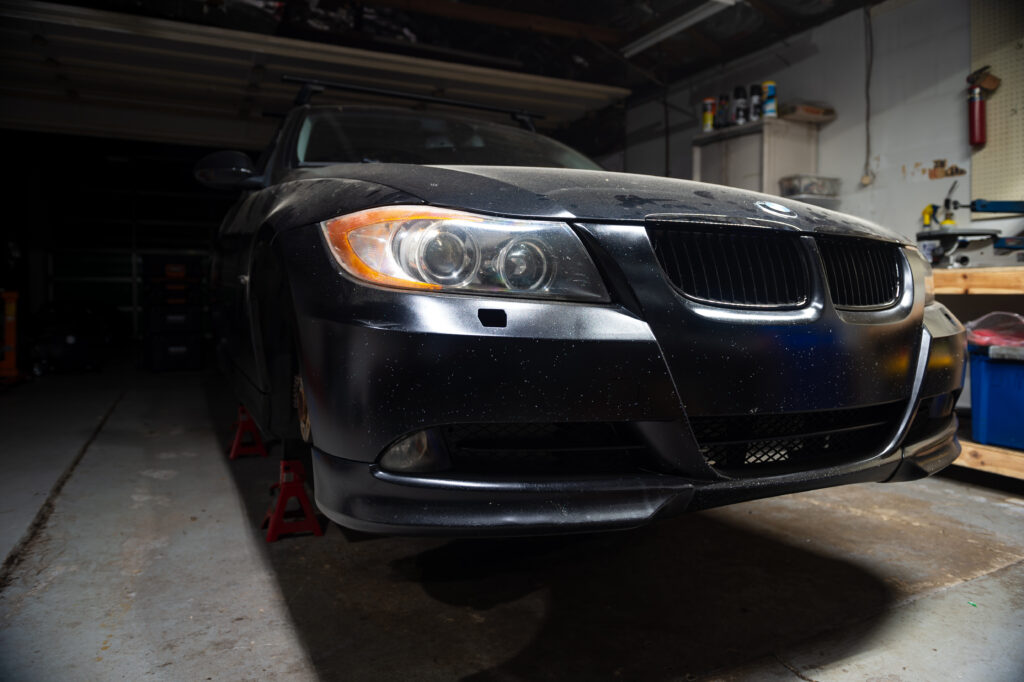
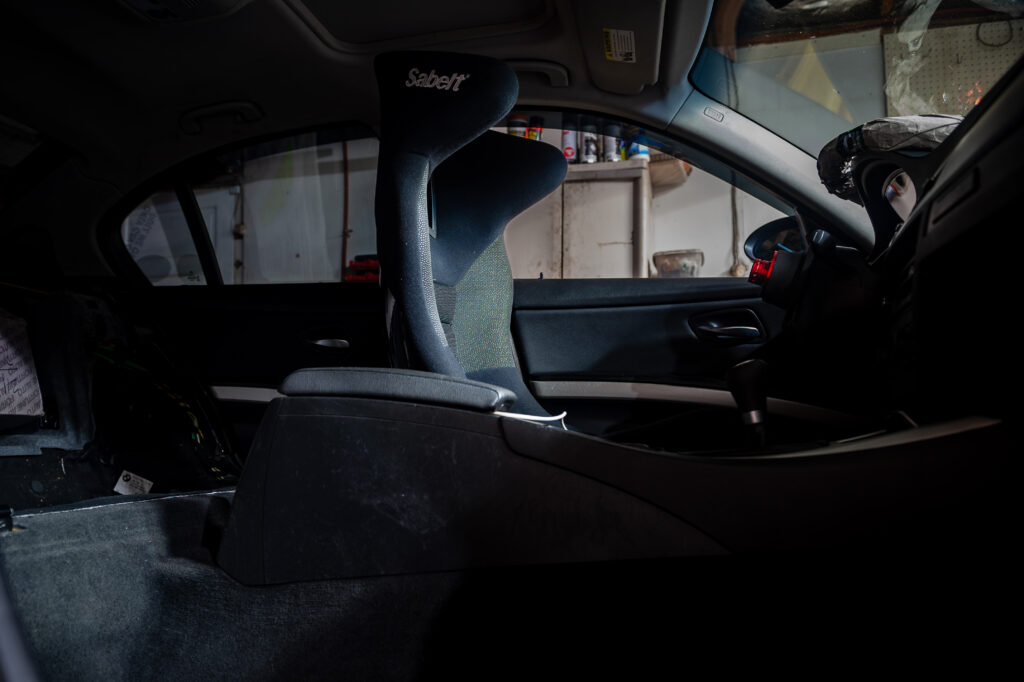
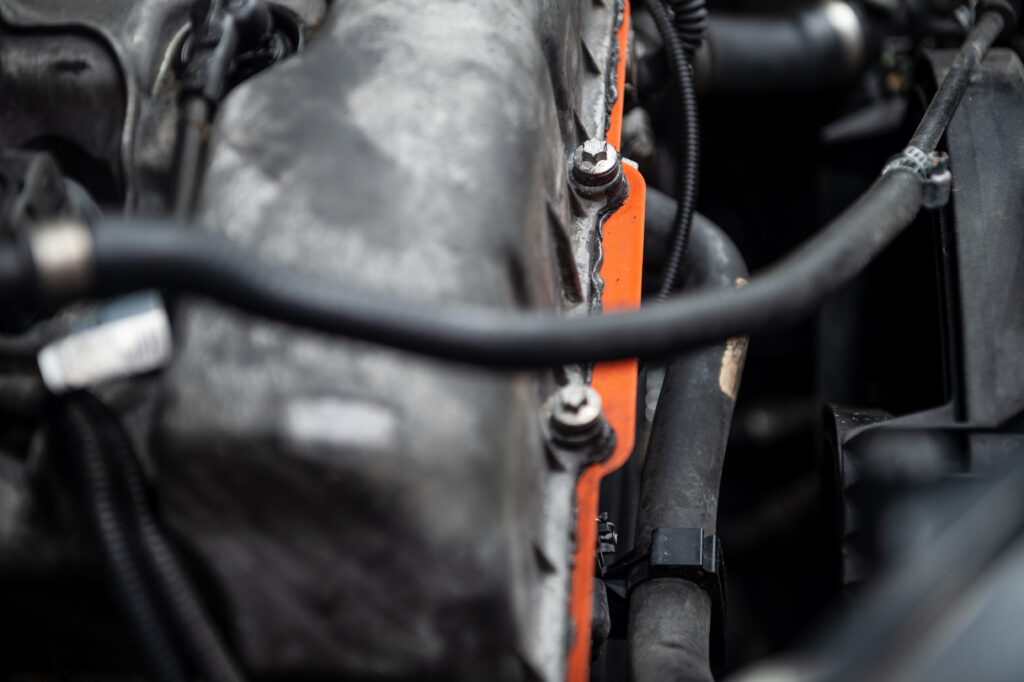
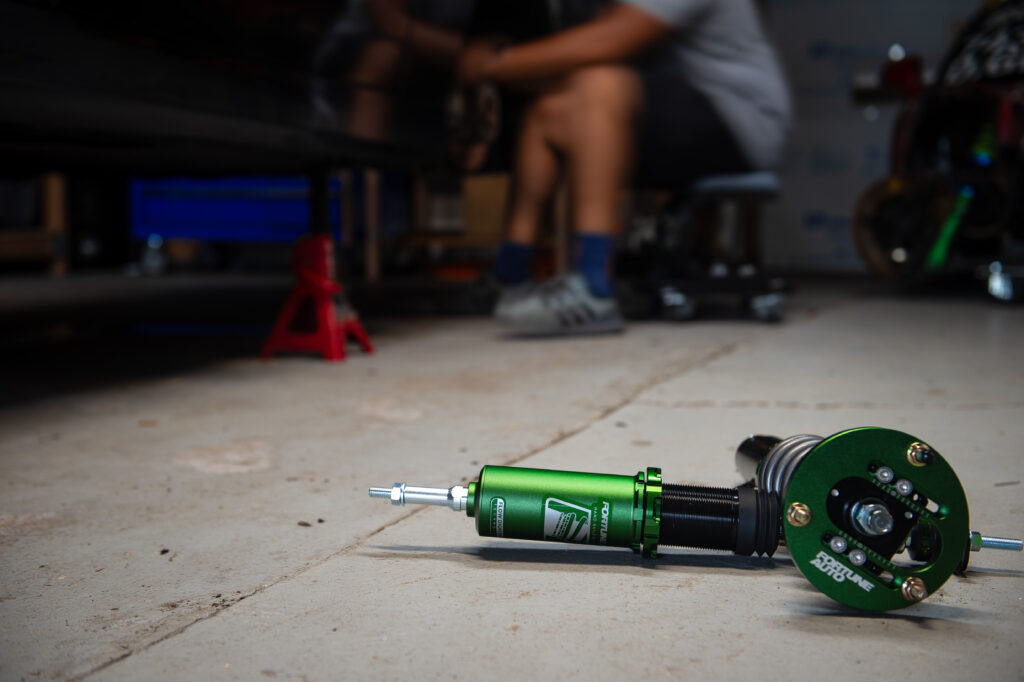



You leave the send it shitboxes outta this!
Okay, they have a special place in my heart. That place just so happens to be in hell!
I’m excited for the grassroots aero and proper coil over and suspension setup
Thanks, Kaido!
Enjoyed the article. I might end up falling in this trap too.
Oh, you will! It’s okay, though. There is room for all of us in the sandbox.
Very interested in this build. Curious in the direction you will take with the diff.
That is one of the easy solutions. I have the most reliable and user-friendly option planned, I’m also looking to do a back-to-back test with the differential vs. the E diff.